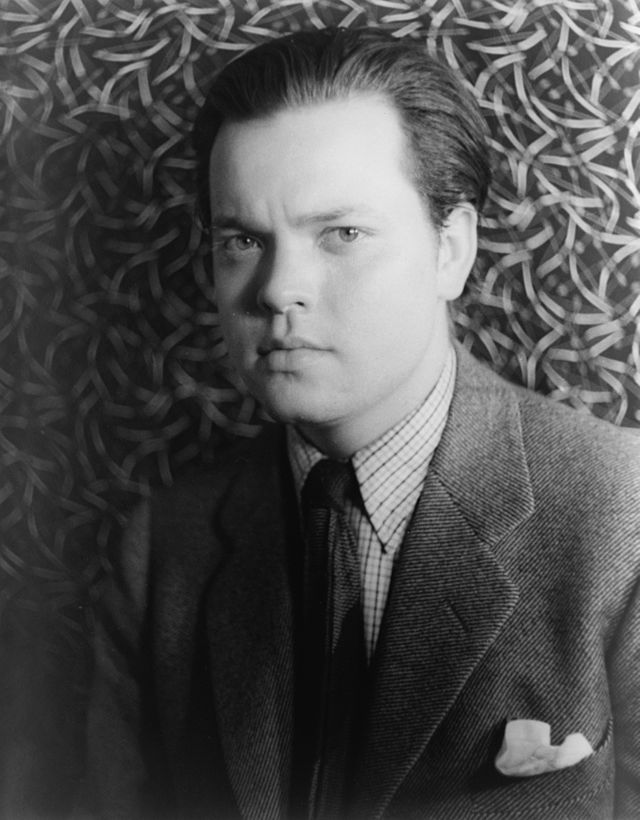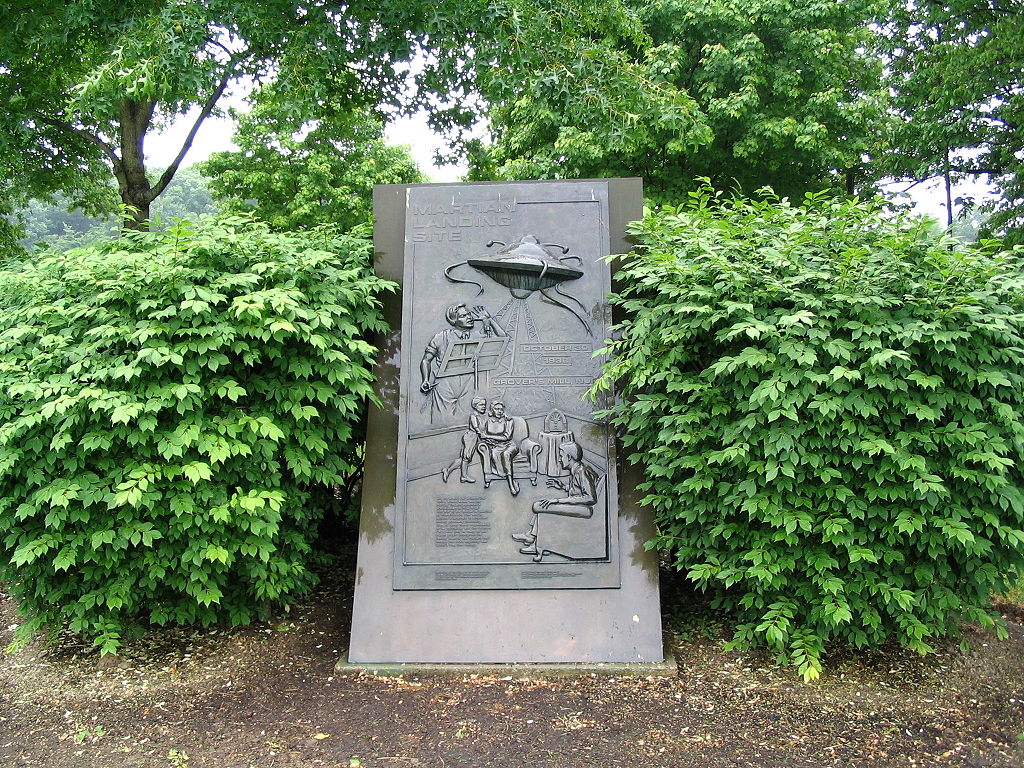You’ve heard the story of the broadcast, I am sure. In 1938, Orson Welles put the US into a panic by doing a fake news broadcast about Martians landing in New Jersey and wreaking havoc. That the broadcast was a trick on the populace, caused mass panic, and disrupted the entire United States one October night. But dig deeper, listen to the rhythms, the flow, the story of the radio play, and you will find a much richer text than the one imagined by your preconceptions. A story worth the attention of any and all genre fans.
Orson Welles’ The War of the Worlds radio play first aired on October 30,1938. The radio play itself was written by Howard Koch and Anne Froelick, with the production directed by Orson Welles, who stars in the play as Professor Richard Pierson, a fictional famous astronomer. Running about an hour long, the Radio Play is divided into several distinct parts: A Prologue/Introduction from Welles, a three act structure of the main story, and then a coda.
In the Prologue, Welles introduces the story, explicitly framing it as a future science fiction tale (“in the 39th year of the 20th century”). Welles’ prologue also previews the menace that the inhabitants of Mars have for the inhabitants of the Earth. Famously, this is the portion of the broadcast that many of the listeners did not hear, leading to the famous “panic”. A check of astronomical records further confirm that Mars was not in the sky on the night of the broadcast, but is most definitely visible on the October 30,1939 future fictional date on which the broadcast is set. While it predicts the end of the Great Depression, the broadcast also, sadly, predicts a de-escalation of tensions in Europe that in real life would not come to pass.
In the first act of the main body of the play, the fictional framing device of the radio play purporting to be an ordinary CBS programming of the evening would and did lead those dial surfing and coming to the play late to think it was non-fiction and describing real events. The radio play cleverly picks up a weather report in progress, and then moves to the music of a fictional orchestra at a fictional hotel in New York City. This music is then punctuated by interruptions with news reports and bulletins about disturbances on Mars, including an interview with Welles’ Pierson. This format of radio programs being interrupted by news bulletins and late breaking news is something that listeners in the late 1930’s were getting used to, with the very real troubles in Europe interrupting programs on a frequent basis. This portion of the broadcast ends with the reveal of the Martians at Grovers Mills, New Jersey, and documents the death and havoc inflicted on those who have come to meet the fallen cylinder.
During the aftermath of the first attack at the firm, the second act of the plays uses the conceit of CBS turning their broadcast facilities over to the State Militia of New Jersey. This allows the radio play to expand its frame by having a variety of military personnel in various areas reacting to and trying to dealing with the invaders. This section ends, memorably, and chillingly, as an implacable wall of poisonous smoke crosses Manhattan Island, killing all in its path, and only a single radio operator is seemingly the one person left alive in the carnage.
The third act of the radio play is prefaced by a station break reconfirming that this is a radio production of The War of the Worlds, changing the format. Instead of news bulletins and reports, we instead get the intimate first person point of view of Professor Pierson, who has survived after all. He slowly makes his way toward New York City — seeing the destruction wrought by the Martians — meets a survivor, and then, finally, bears witness to the death of the Martians. This section, much like parts of the H.G. Wells novel, is reflective and philosophical, musing on the meanings of what is happening, how and why. After this last act, in a coda to the production, Welles breaks character to reinforce that this was merely a radio play, intended to be fictional, and not to be taken literally.
The immersive techniques and slow build up bring the fictional narrative to life — even once you know the trick and know that it is fictional. Devices used by radio plays, podcasts and full cast recordings of audiobooks have learned (and still could use) techniques from this radio play to draw listeners in and engage their suspension of disbelief, even to this day. And the radio play itself has been readapted and reimagined ever since. In addition to those straight adaptations, it has been alluded to in many other works of science fiction, ranging from the League of Extraordinary Gentlemen to the novels of John Christopher. Much more than the original War of the Worlds novel, the radio play of the War of the Worlds has in many ways become the definitive version of the story, or one that those who would adapt the original novel must reference or acknowledge.
And, finally, the broadcast made Welles reputation as a visionary in media and someone to pay attention. This success garned enough prestige for him to finally get a sponsor to financially backing the show, something he had long sought. This crucial step up in his career would lead to bigger and greater things for him, including his film career. Orson Welles’ The War of the Worlds has been nominated for a 1939 Retro Hugo, and is fully deserving of that nomination.










2 Responses